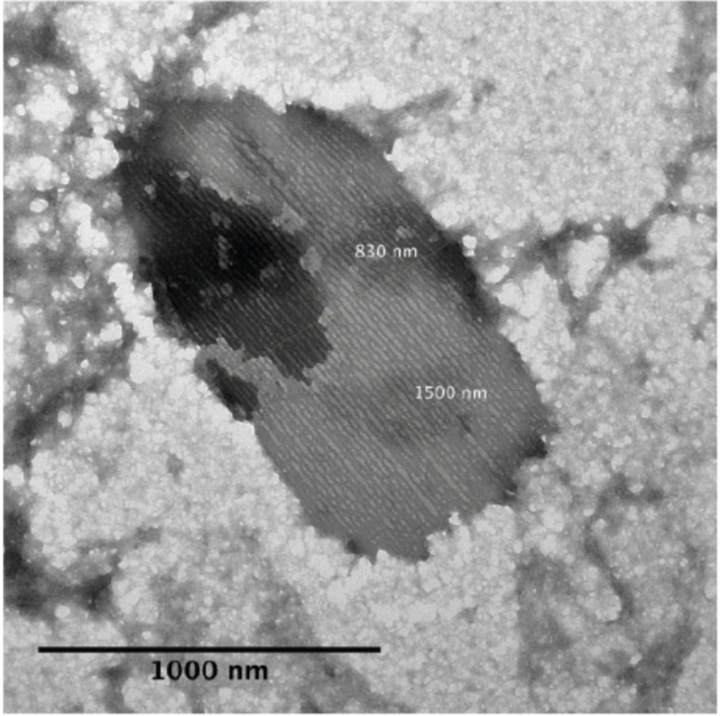2D DNA self-assembled surfaces
 Electronmicrograph of a 2D DNA crystal by I Santiago
Electronmicrograph of a 2D DNA crystal by I Santiago
Biomolecular self-assembly, using DNA as the building blocks of nanometre-scale structures, can be used to pattern surfaces with near-atomic precision. By combining this new technique with liquid crystal technology we have created DNA tiles that can be used as surfaces for testing liquid crystal (LC) alignment.
Here we explore two different approaches: on the one hand a two-layer Origami structure was used, on the other DNA brick/crystals of finite depth were assembled. TEM, AFM and fluorescence microscopy were used to assess the size and surface coverage of the tiles. DNA bricks grew to structures of the order of a micrometer and could be visualised by fluorescence microscopy. These were further developed by introducing a ridge pattern of 10 nm on the DNA surface. Liquid crystal molecules were deposited by inkjet printing and by spin-coating, achieving a LC thickness of few micrometers.
The experimental approach in this project consisted of finding the right DNA self-assembled surface, deposit it on the right substrate, visualise and characterise it. Finally, the liquid crystal was deposited on this surface to study any alignment induced by DNA.
Such structures provide a unique opportunity for studying complex intermolecular interactions at the nanometre scale and give access to a range of application spaces beyond next-generation liquid crystal displays.